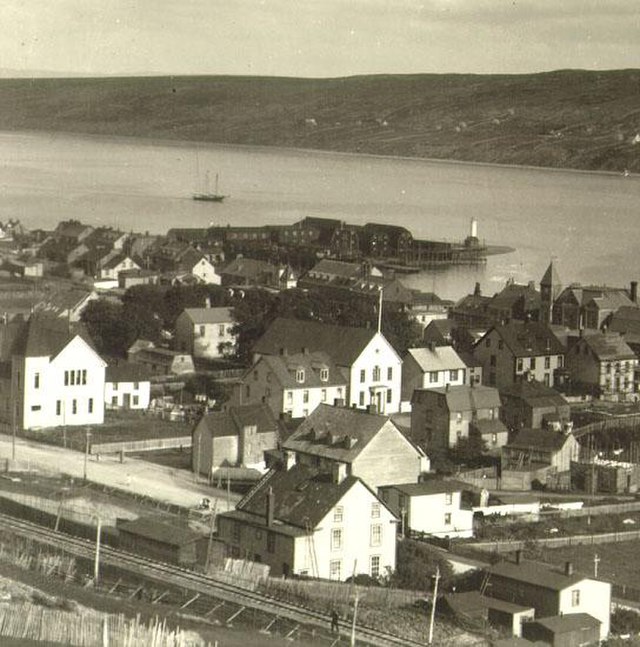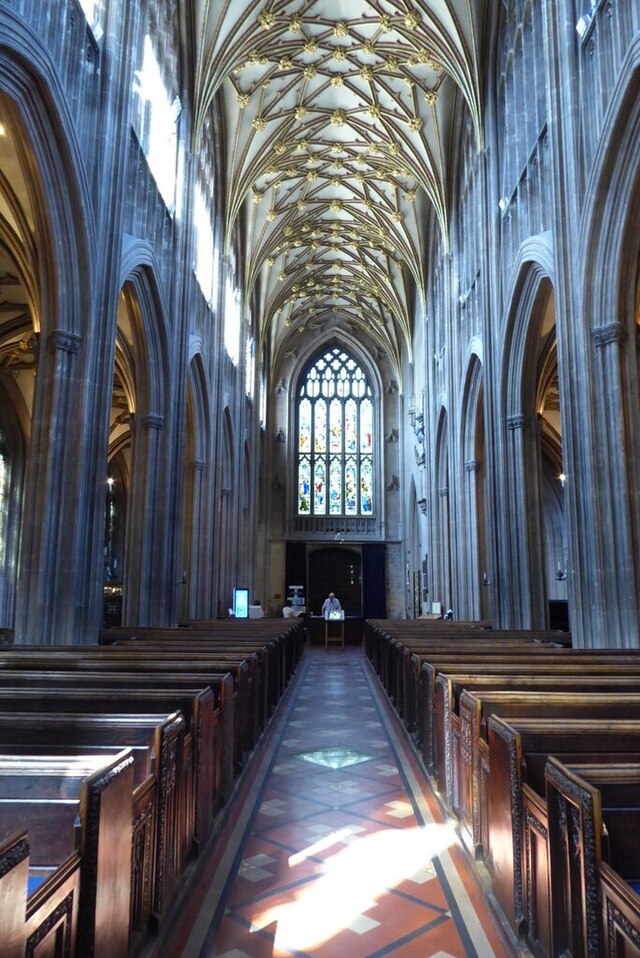Introduction
Sarah Ingram had an extraordinary life, shaped in part by the Genge family’s connections with Newfoundland. After marrying a ship’s carpenter in 1816, she lived in both Bristol and Newfoundland, crossing the Atlantic at least four times. Following her husband’s death in 1830, she returned to Hardington with her children. She was a widow for 44 years, during which time she helped raise three grandchildren following the early death of her daughter, Dinah.
Early life at Hardington
Sarah was born at Hardington on 1 September 1791, the fourth of twelve children born to John and Elizabeth Genge. Among her siblings were Anne, who married Charles Dodge, and Abraham, who excelled as a tenant farmer.
Life in Bristol and Newfoundland
On 11 January 1816, Sarah married William Ingram at Hardington. Sarah was 25 years old at the time, while William’s age is unknown. Both signed the marriage register. At the time of their marriage, William was a resident of Castle Cary. In 1822 and 1823, he was a ship’s carpenter resident in Bristol.
The birthplaces of William and Sarah’s six children show that the couple lived in both Newfoundland and England:
Elizabeth c 1817 Harbour Grace
Robert c 1822 Bristol
William c 1822 Bristol
Dinah c 1823 Bristol
John c 1827 Newfoundland
Sidney c 1829 Hardington Mandeville
Death of husband
William Ingram, Sarah’s husband, died at Harbour Grace, Newfoundland, on 9 March 1830.
Inheritance
In 1832, Sarah inherited £100 from her uncle, Abraham Genge, of Labrador.
Daughter’s marriage at Bristol
On 4 March 1834, Sarah’s eldest daughter, Elizabeth, married Thomas Genge of Hardington at St Mary Redcliffe, Bristol.
Later life at Hardington
In June 1841, Sarah and her son, John, were living in or near Church Lane, Hardington. The census recorded Sarah as an independent. Meanwhile, her daughter, Dinah, and son, Sidney, lived with their grandfather, John Genge.
In 1842, Sarah was a beneficiary under the will of her father, whose personal estate was valued at “under £300”. He directed that a house and orchard occupied by Sarah be let to her and her sister, Ann Dodge, at the yearly rent of £5. He also directed that the estate held on the life of Lucy Gard be let to an approved tenant, with the rents invested. After the deaths of Lucy and his son, Edward, the money was to be divided equally between his children, John Genge, Abraham Genge, Sarah Ingram, Ann Dodge and Mary Gillingham, except one guinea, which was to go to his son, William Genge.[1]
In 1843, Sarah jointly occupied a house in Bishop’s Lane with her brother-in-law, Charles Dodge.
After Sarah’s daughter, Dinah, married Job Taylor, the village blacksmith, on 11 August 1845, Sarah moved in with them. In the spring of 1850, Dinah became ill with tuberculosis, leading to her death on 5 May 1851 at the age of 27.[2] Following Dinah’s death, Sarah remained as Job’s housekeeper until he left the village in late 1869 or early 1870.
While Sarah was living with Job Taylor, two of her sons emigrated to Australia: John in 1849 and Sidney in 1854.
After Job left the village, Sarah moved in with her daughter, Elizabeth, and Elizabeth’s husband, Thomas Genge, at Struckmead Farm. The 1871 census described her as an “Annuitant Partly.” Sarah died in August 1874 at the age of 83.
References
[1] The will of John Genge, dated 25 November 1841, proved at Wells on 11 March 1842.
[2] Death certificate of Dinah Taylor.



